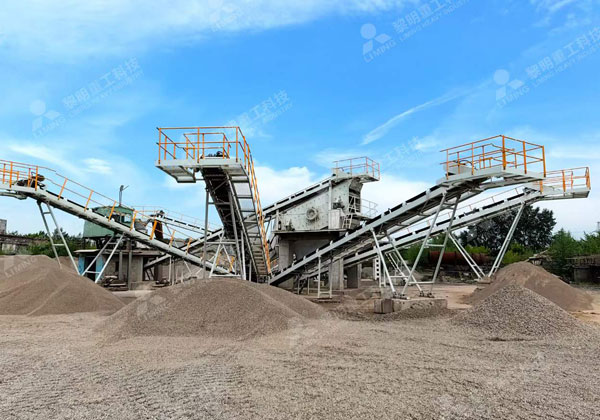The installation of a vibrating screen is a critical process that ensures the efficient operation of material separation in various industrial applications. Proper installation directly impacts the machine’s performance, lifespan, and the quality of the end product. The installation power refers to the energy requirements and electrical setup necessary for the vibrating screen to operate effectively. Understanding the power requirements is essential to avoid operational issues and ensure that the equipment functions as intended.
The first step in the installation process is to assess the site where the vibrating screen will be installed. This includes evaluating the available electrical supply, as the power requirements for vibrating screens can vary significantly based on their size, type, and application. It is crucial to ensure that the site has adequate electrical infrastructure to support the machine’s power needs, which can range from single-phase to three-phase power, depending on the model and manufacturer specifications. A detailed understanding of the electrical requirements can prevent future operational interruptions and ensure that the vibrating screen operates smoothly from the start.

Next, the installation should involve the proper alignment and leveling of the vibrating screen. This is essential to ensure optimal performance and longevity of the equipment. An improperly leveled vibrating screen can lead to uneven wear, increased vibration, and potentially severe damage to both the machine and the material being processed. During installation, technicians should use appropriate tools to ensure that the screen is aligned correctly and that the vibrating mechanisms are functioning as intended. This alignment is not only critical for performance but also helps in reducing the power consumption of the vibrating screen, as misalignment can lead to excess power draw and inefficient operation.
Once the physical setup is complete, the electrical connections must be established. This involves wiring the vibrating screen according to the manufacturer’s guidelines and ensuring that all connections are secure and compliant with local electrical codes. Proper grounding is also essential to prevent electrical hazards and ensure the safety of operators and maintenance personnel. Additionally, technicians should verify that the power supply is stable and within the required voltage range to avoid damage to the vibrating screen’s motor and other components. This step is vital as any fluctuation in power can result in inconsistent performance and increased wear on the machine.
Finally, after completing the installation, it is essential to conduct thorough testing and adjustments. This includes running the vibrating screen under various load conditions to ensure it operates within the specified parameters. Monitoring the power consumption during these tests can provide insights into the efficiency of the installation and indicate whether adjustments are needed. Proper testing and adjustment not only enhance the performance of the vibrating screen but also contribute to its longevity and the overall efficiency of the material processing operation. By ensuring that the installation power and setup are optimized, operators can maximize the effectiveness of the vibrating screen and achieve desired production outcomes.

